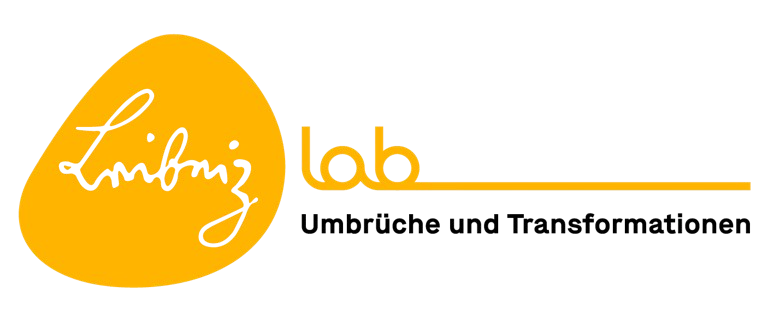Post
4 Min.
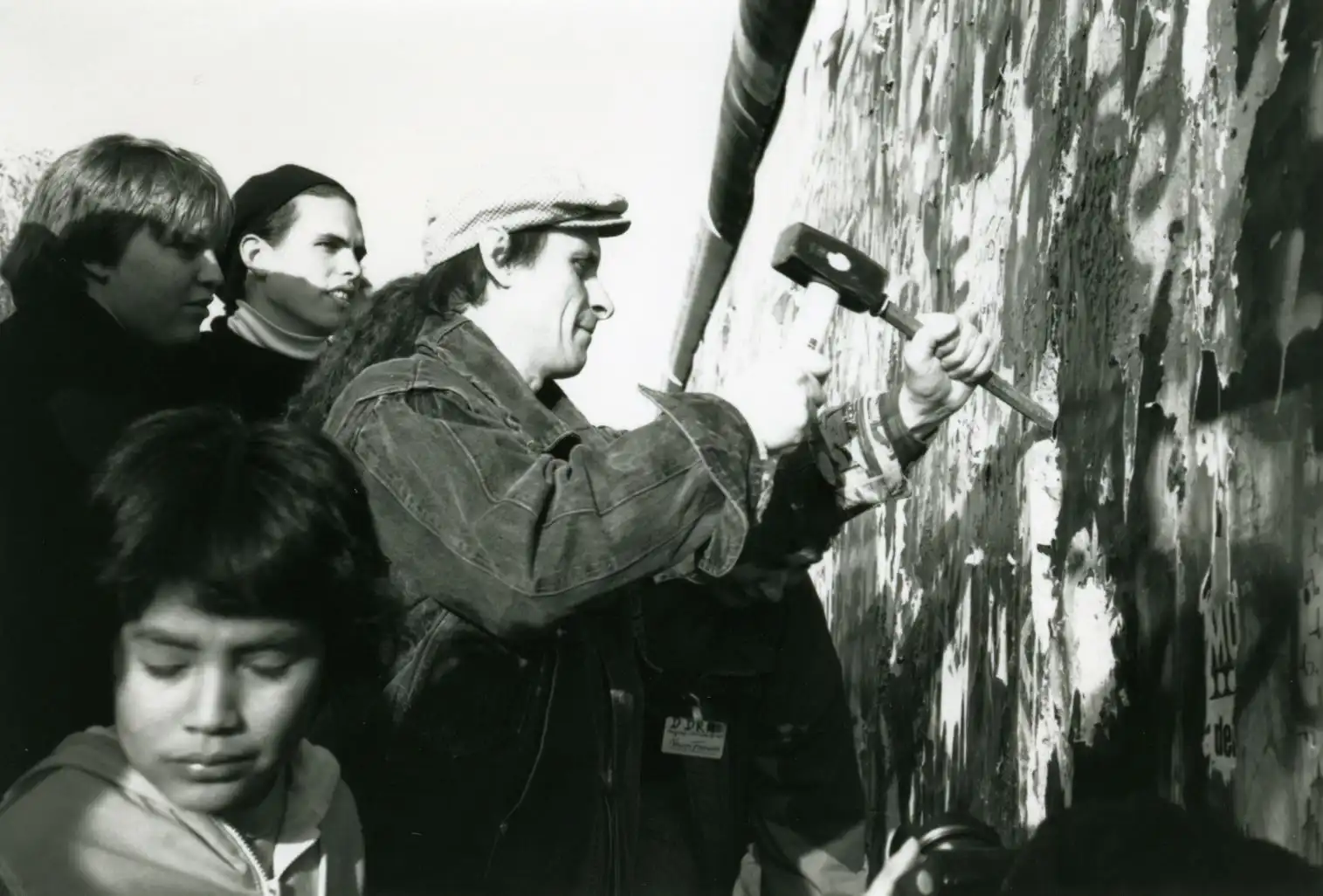
16. June 2025
What are disruptions and transformations?
We all experience this directly in our everyday lives: food in the supermarket is becoming more expensive, an AI chatbot now suggests the first results when we search the internet, and peace in Europe can no longer be taken for granted. Our world is changing. Constantly and on several levels at once.
Not all disruptions and transformations are equally significant for us. Rising food prices hardly affect wealthy people, while they can have a serious impact on those with low incomes. The development of AI chatbots has little effect on work in social professions, whereas those employed in the creative and media industries fear for their jobs. But there are disruptions and transformations that affect society as a whole and completely change the way we live together.
From sudden disruptions to planned transformations
The Leibniz Lab deals with the major social disruptions and transformations of our time. Both terms describe changes that usually affect a large number of people. Disruptions and transformations have a fundamental impact on our individual everyday lives and our social coexistence. After such change, nothing is the same as it was before. Disruptions and transformations make time visible: there is a ‘before’ and an “after”. And sometimes a ‘in the middle’.
“Disruptions and transformations have a huge impact on our daily lives and how we live together as a society.”
At first glance, both terms seem to mean the same thing, but they can be distinguished in terms of whether and to what extent a change was predictable and planned and controlled by society.
Disruptions are situations in which society or parts of it (have to) change radically because the established system – for example, the state – can no longer cope with the changes. Disruptions happen suddenly and abruptly. We have no control over this change. The ‘Wende’ (turning point) of 1989/90 is a prominent example of an disruption. The socialist state was no longer able to respond to economic and ecological challenges. The planned economy was considered inefficient, and the arms race during the Cold War consumed immense resources that were lacking elsewhere. Finally, under growing pressure from the population, the political system lost its remaining legitimacy in a matter of days in October 1989.
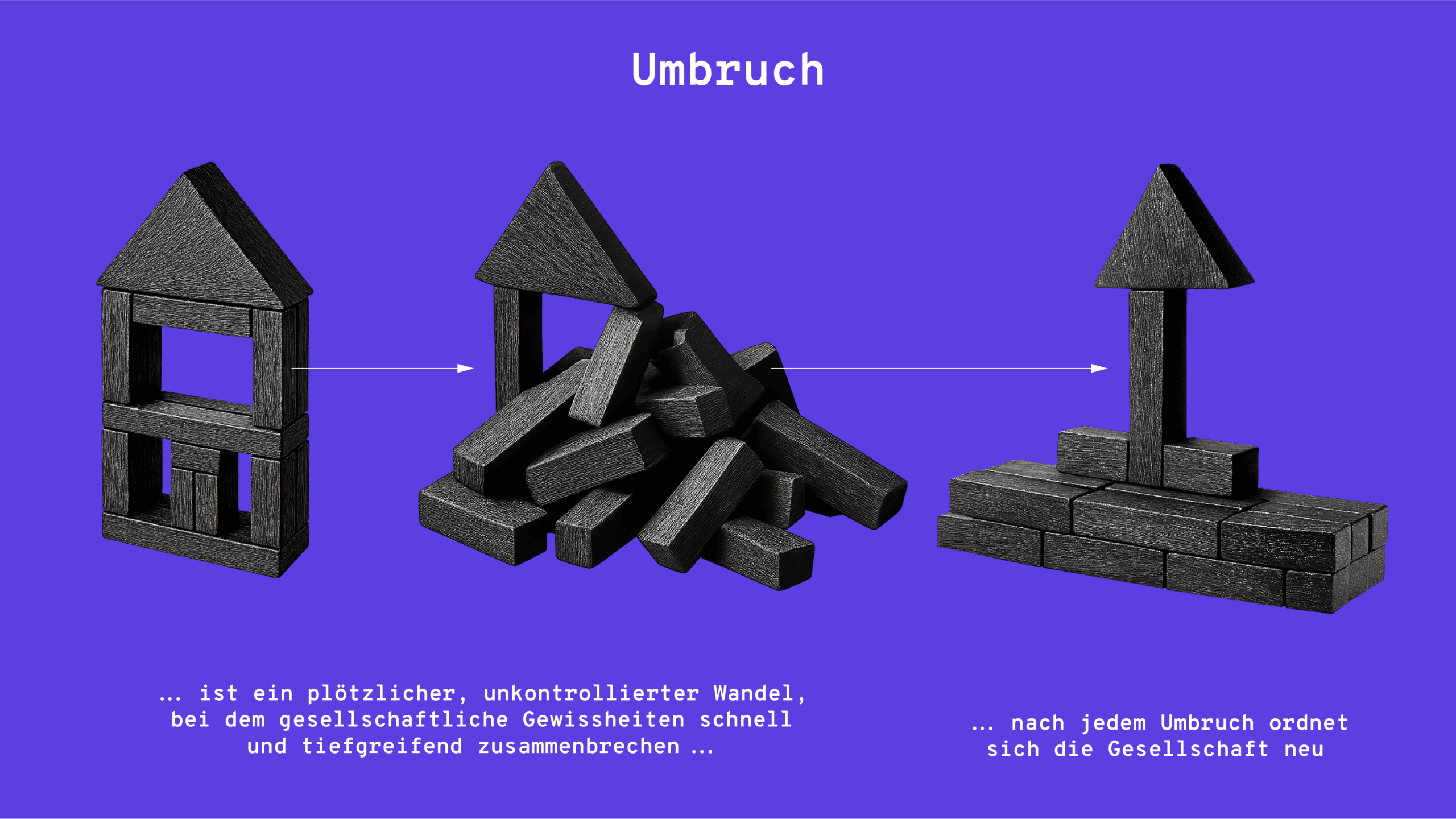
A transformation, on the other hand, is a long-term, planned process of change. Society sees a need for a system to change. Accordingly, concrete tasks and demands are placed on politicians. The years following the fall of the Berlin Wall and the Iron Curtain are typical years of transformation: in the former socialist states of Central and Eastern Europe, people discussed what form of government and economy should now be established in their countries.
Disruptions and transformations are individual experiences
Change opens up new possibilities and opportunities, but it also means losing old certainties and points of reference. For the people of the GDR, the fall of the Berlin Wall brought freedom of expression and travel, but around 18 percent of the workforce lost their jobs in the wake of reunification. Many were unsure about what the future would hold. Hopes and expectations go hand in hand with fears, disappointments and uncertainty.
Whether disruptions and transformations are experienced as a loss or a gain therefore depends very much on the perspective and position of those who experience them. With the annexation to the Federal Republic, the form of government, the economic, social and educational systems changed for the population of the GDR within a few months. For the people of the Federal Republic, however, little changed at first.
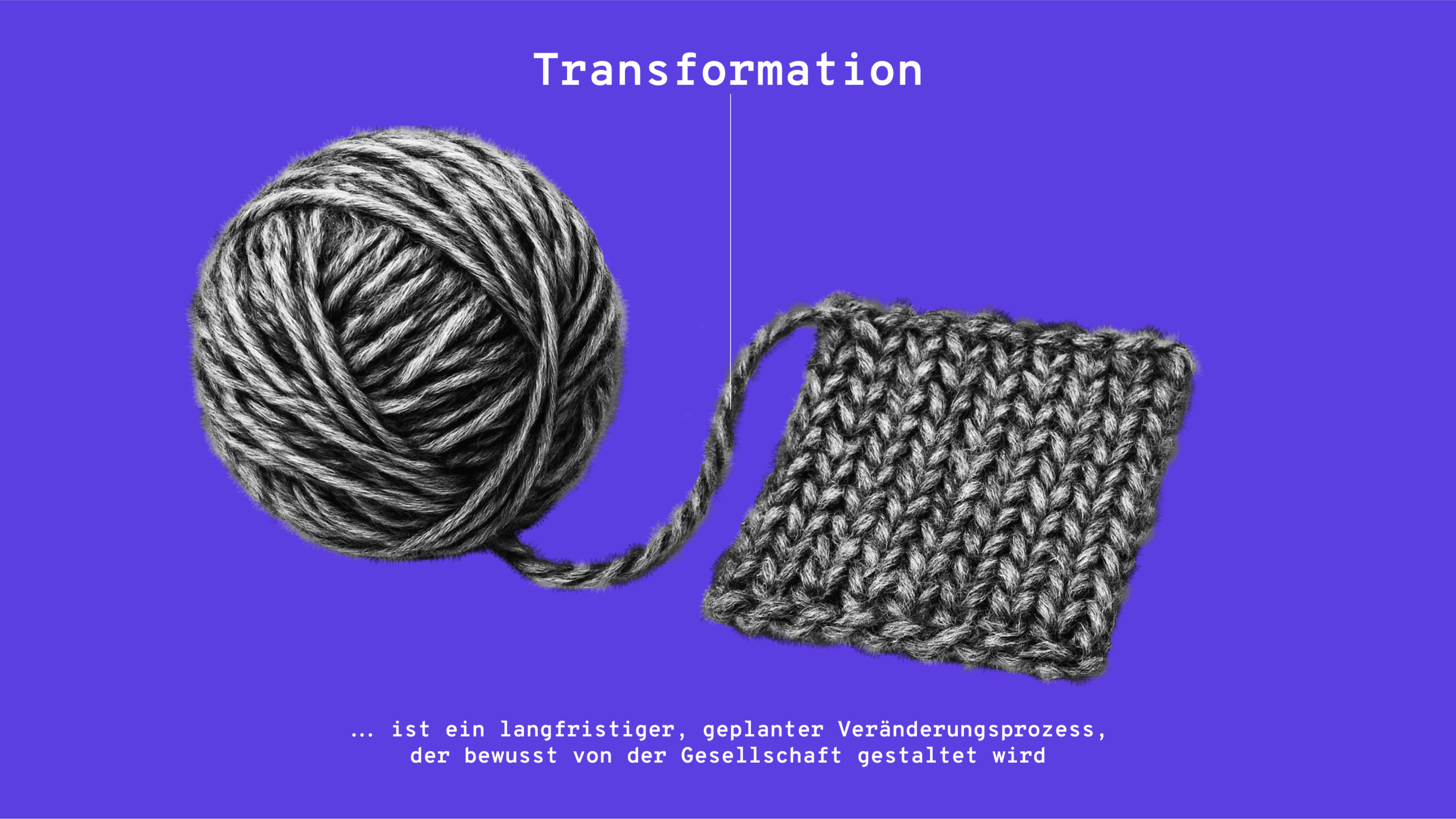
These different experiences of disruptions also influence our attitude towards other changes: whether we can get excited about social change and loudly demand it, or whether we are sceptical or even fearful of it.
Stability after insecure times is important
How people experience the end of a transformation or disruption is also important: after change, stable times must follow so that people can process what they have experienced and prepare for future transformations and disruptions.
If this feeling of stability is lacking because people are caught up in one disruption after another, this can lead to transformation fatigue. This phenomenon can be observed, for example, in eastern Germany, where the former GDR population has been experiencing a series of new transformation processes since reunification: from the Hartz IV reform to the energy transition with the phase-out of coal. Climate change in particular has become a very important topic in public discourse and the media in recent years. Many people in eastern Germany are critical of the numerous demands and measures to curb climate change. Transformation fatigue could be one explanation for this.
Three phenomena shape us in particular
The Leibniz Lab focuses on three major transformation processes that have had a particularly strong impact on our society, both now and in recent decades: post-socialism, digitalisation and globalisation, and socio-ecological transformation.
The interconnection between these three phenomena can be illustrated by the example of structural change in Germany’s coal-mining regions: for many decades, the Ruhr, Rhineland and Saarland regions were dominated by the coal and steel industry, which developed there due to the natural occurrence of coal and ore. The Ruhr region in particular still sees itself as a mining region today, even though all the coal mines there have now been closed.
“Whether disruptions and transformations are experienced as a loss or a gain depends very much on the perspective and position of those who experience them.”
Globalisation has led energy-intensive companies to relocate their production to other countries such as China or India, where raw materials are cheaper to extract and companies can produce more cheaply.
In the former GDR, numerous industrial companies were closed down after reunification because they were unable to withstand capitalist competition in the free market economy. This also affected many mining sites in Lusatia and central Germany.
In addition, environmental and climate protection became increasingly important. The extraction and use of coal as a fossil fuel is one of the main causes of climate change. In order to slow down climate change, the German Bundestag decided in 2020 to phase out coal by 2038. This decision is an important measure for social and ecological transformation.
Goals of the Leibniz-Lab
The Leibniz Lab collects existing knowledge about disruptions and transformations from the 28 participating research institutes. By linking the research results, we aim to identify commonalities and parallels, but also differences between the many aspects of social change.
The participating institutes research very different aspects of transformations and disruptions. The collected findings should result in a multi-layered picture of knowledge. We want to learn from past changes in order to prepare ourselves for future challenges. We also want to communicate this knowledge to the public.
In this process of gaining knowledge, we also want to engage with the population. We want to learn about people’s personal experiences, how they have experienced certain situations of disruption and what they have learned from them. In this way, we combine research and practice.
Über diesen Artikel
Lesen Sie auch
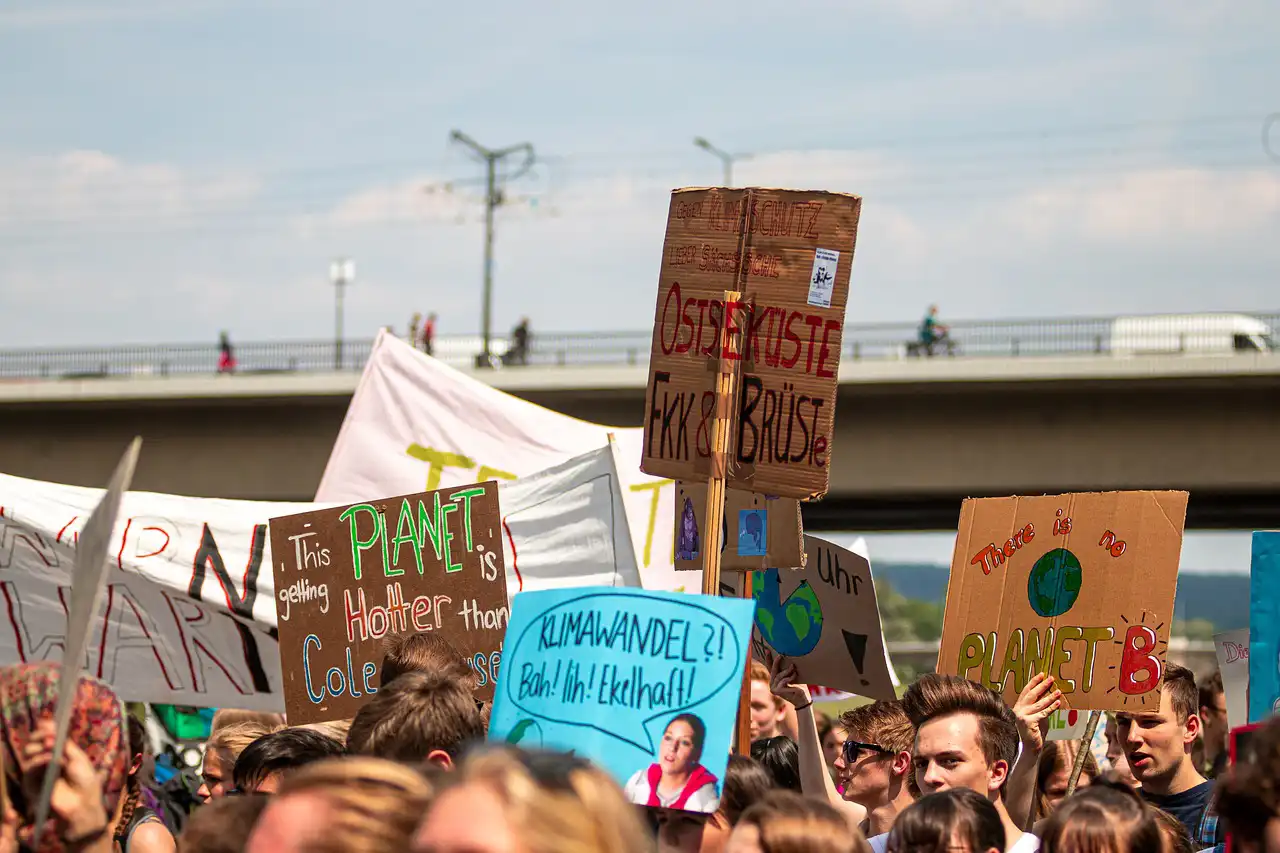
Social-ecological transformation: Stuck between enthusiasm, resistance and unusual alliances
Between optimism and resistance: the socio-ecological transformation is dividing society. While some are calling for radical change, others want to prevent any environmental protection measures. Unusual alliances could help the transformation succeed.
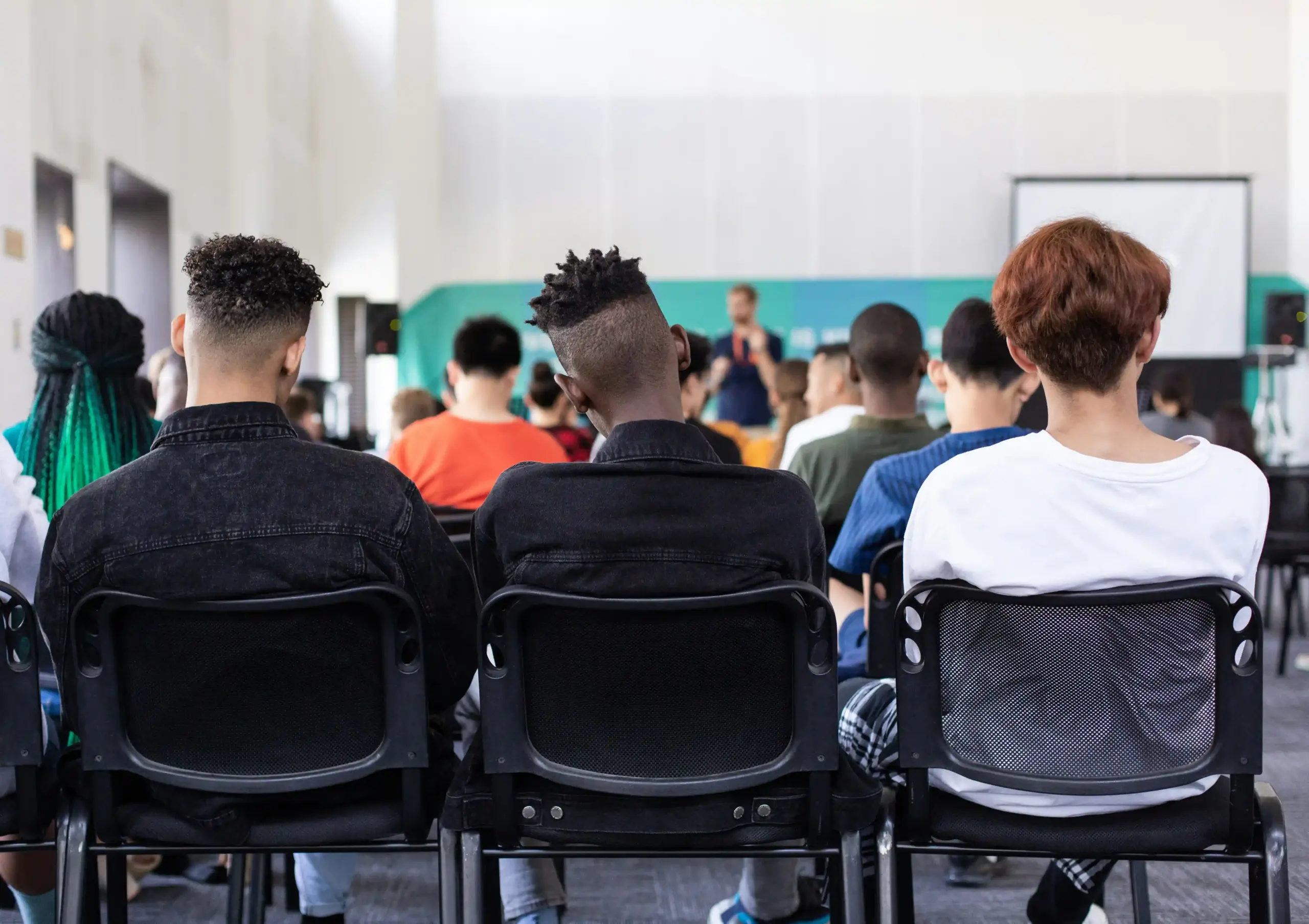
How communities can improve the integration of migrants
Millions of people seek asylum in Europe every year. However, complex rules make it difficult for migrants to arrive and integrate successfully. Local authorities have opportunities to facilitate the integration process. We present a few examples.

Healthy in the city: these places change our way of living
A 15-minute walk to work, school or the park – sounds wonderful, doesn’t it? But for many city dwellers, the reality is quite different. Parents in particular sometimes commute for over half an hour to work, make detours to pick up their children from daycare and regularly get stuck in traffic jams. This daily routine […]
